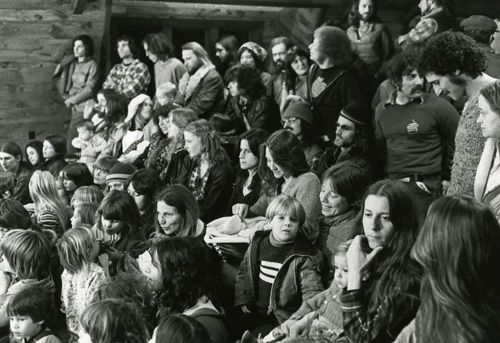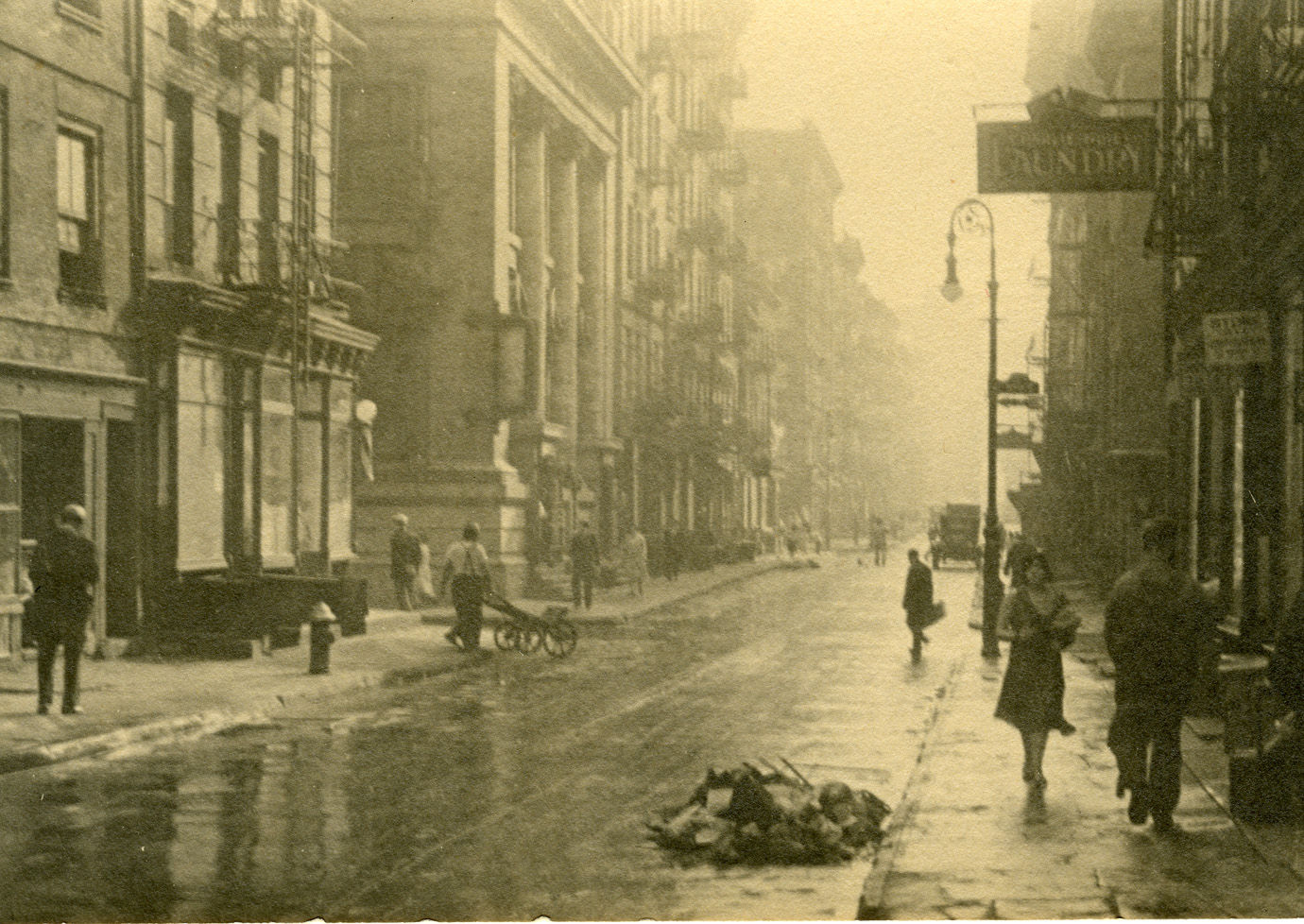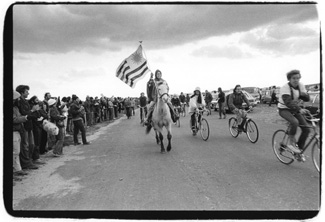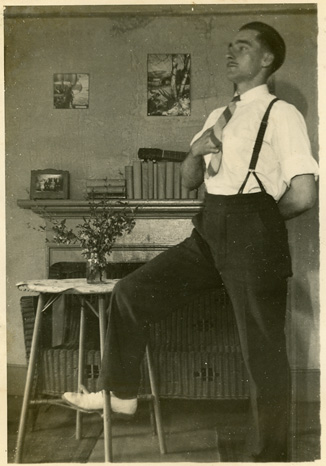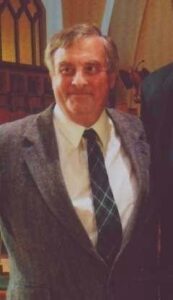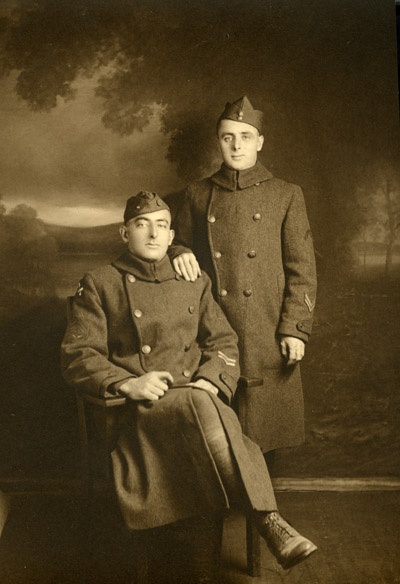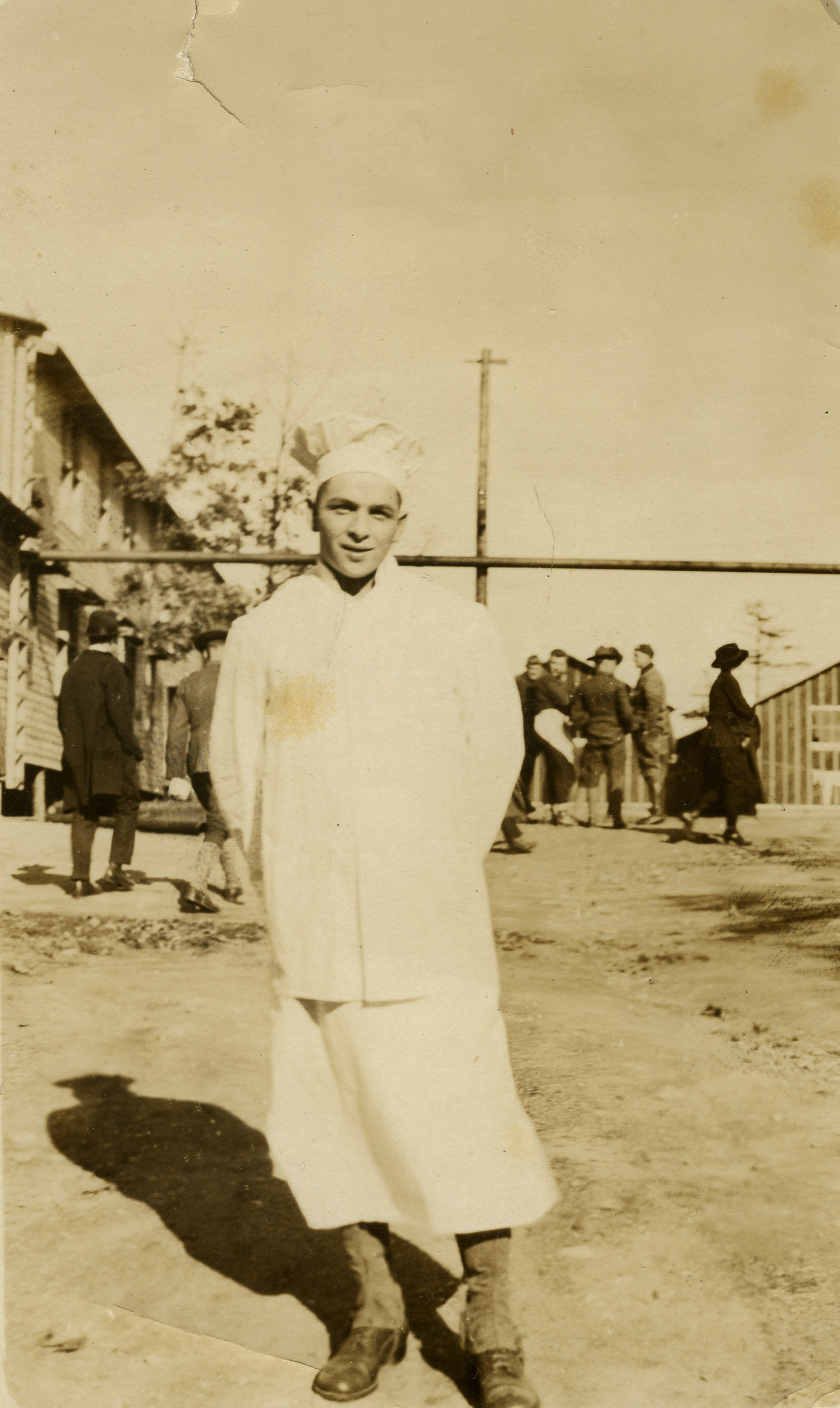George Millman Papers
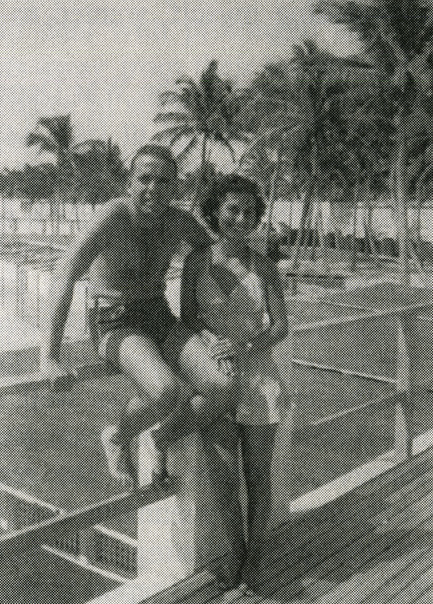
Born in Boston, Massachusetts in 1919, George Millman attended Massachusetts State College briefly, but was forced to drop out after his freshman year due to financial hardship. After attending a three-month intensive training course, Millman was employed by the War Department in 1941 as a civilian inspector in the munitions plant in New London, Connecticut. In the months that followed the attack on Pearl Harbor, he felt it was his patriotic duty to join the armed forces and enlisted on May 28, 1942. Called to active duty six months later, Millman was commissioned as a 2nd Lieutenant in the Army Air Corps on April 29, 1943. Already dating his soon-to-be-bride Lillian, the couple decided to marry immediately before he could be sent overseas. Assigned to a class on the theoretical aspects of radar at Harvard University, Millman was ordered to report to the Army Air Force Technical School in Boca Raton in late 1943. On June 24, 1944, he received secret travel orders assigning him to the 5th Air Force Service Command in Brisbane, Australia. There he began training fighter pilots on the use and operation of the newly developed airborne radar, AN/APS-4. Throughout his tour in the Pacific, which ended in early 1946, Millman traveled throughout the region, including time in Australia, the Netherlands East Indies, the Netherlands New Guinea, and the Philippines.
Containing almost 400 letters written to his wife Lillian during World War II, Millman’s papers detail nearly every aspect of life in the service during wartime. From chronicling extreme environmental conditions to his feelings of frustration while awaiting assignment, Millman’s letters offer a personal perspective of the impact of war on an individual and his loved ones. While his letters carefully avoid any details about his work that could have been censored, they capture in extraordinary detail the day-to-day life of a serviceman in the Pacific theater during WWII. Millman published his letters to his wife in 2011 in a book entitled Letters to Lillian.

